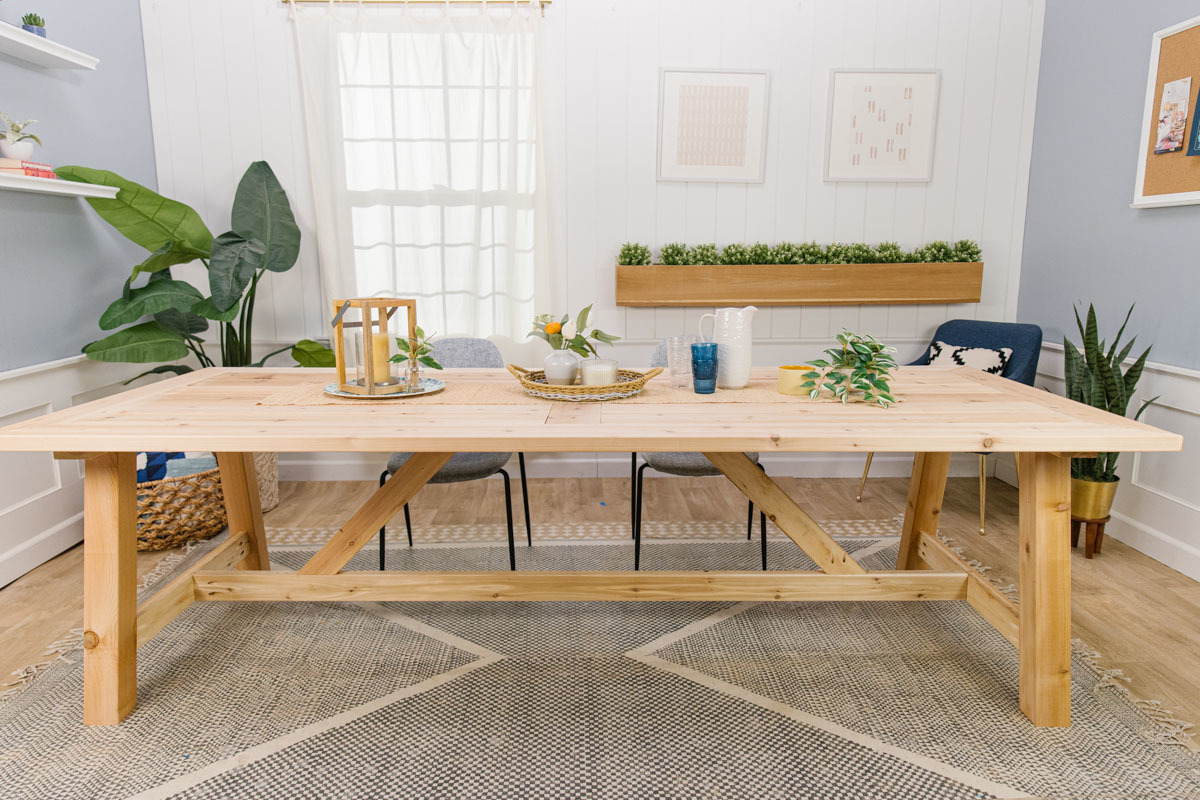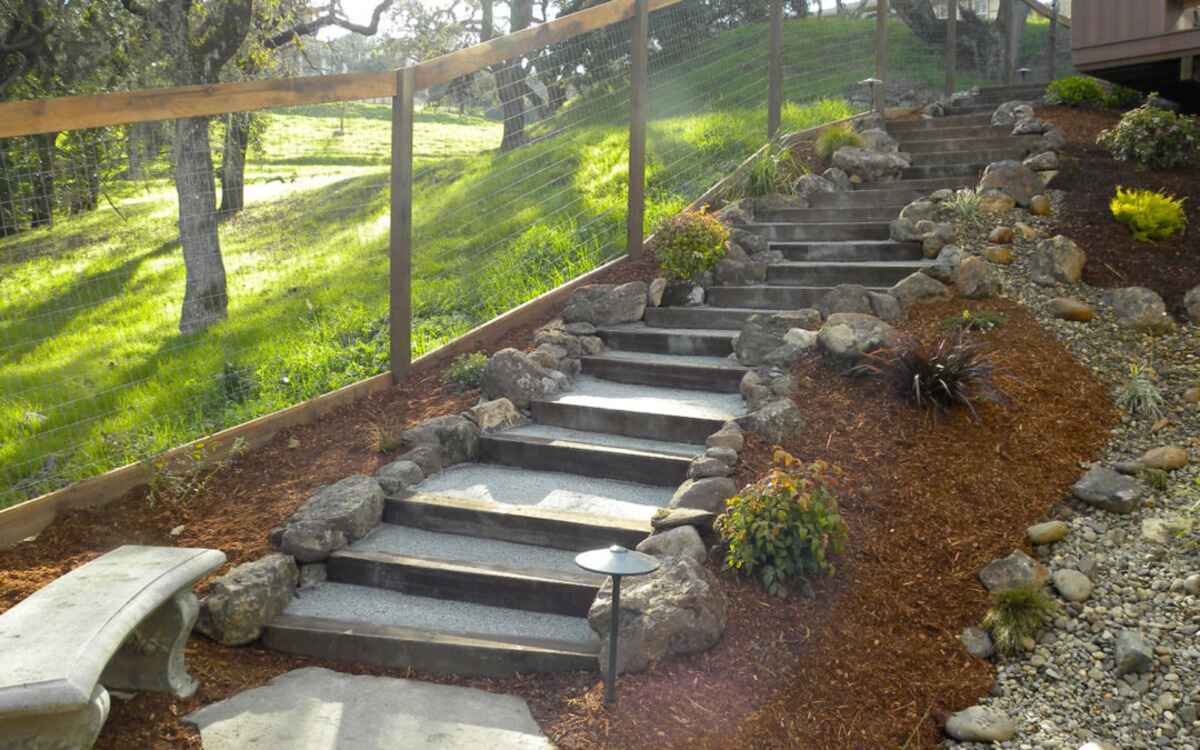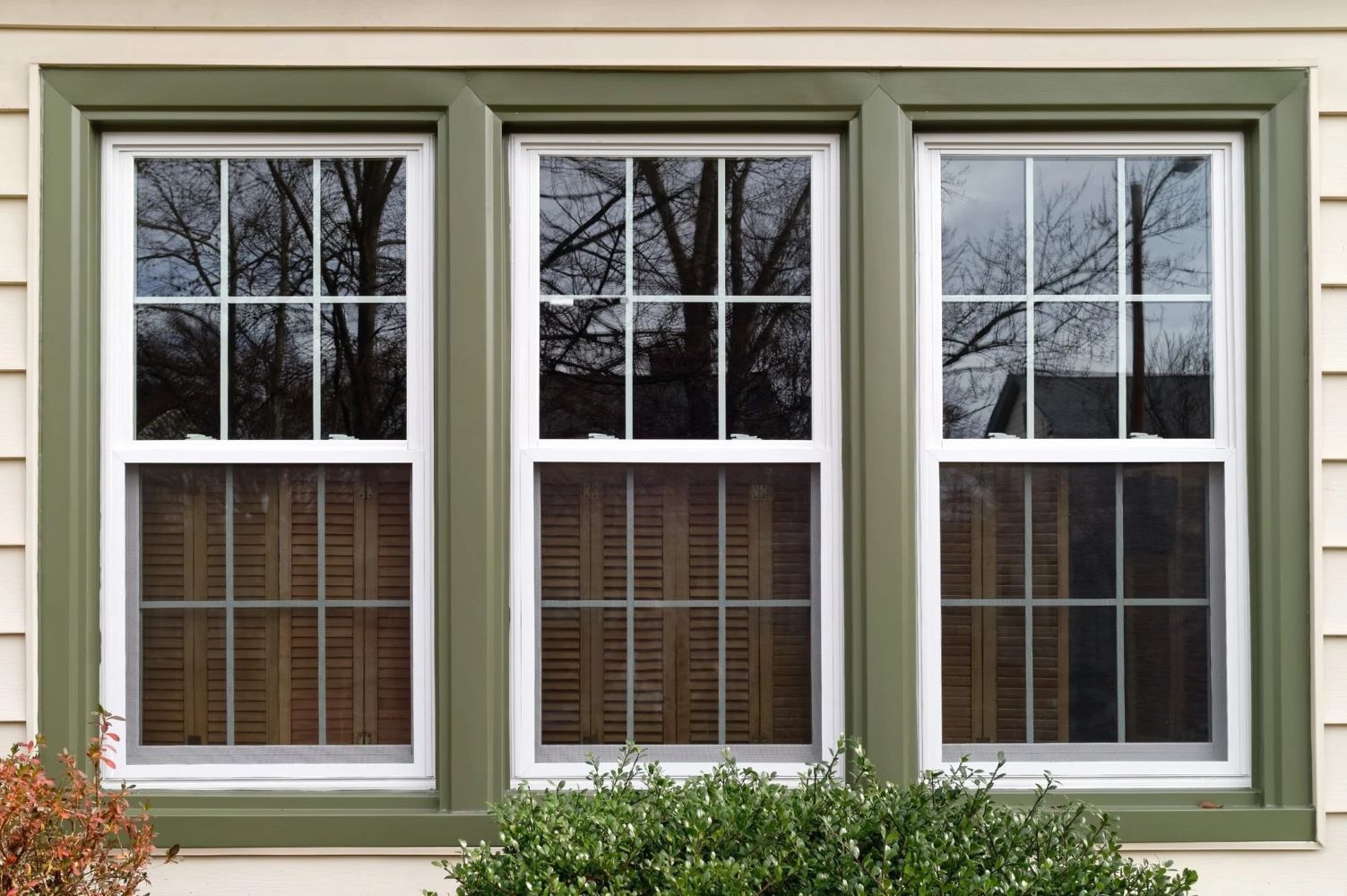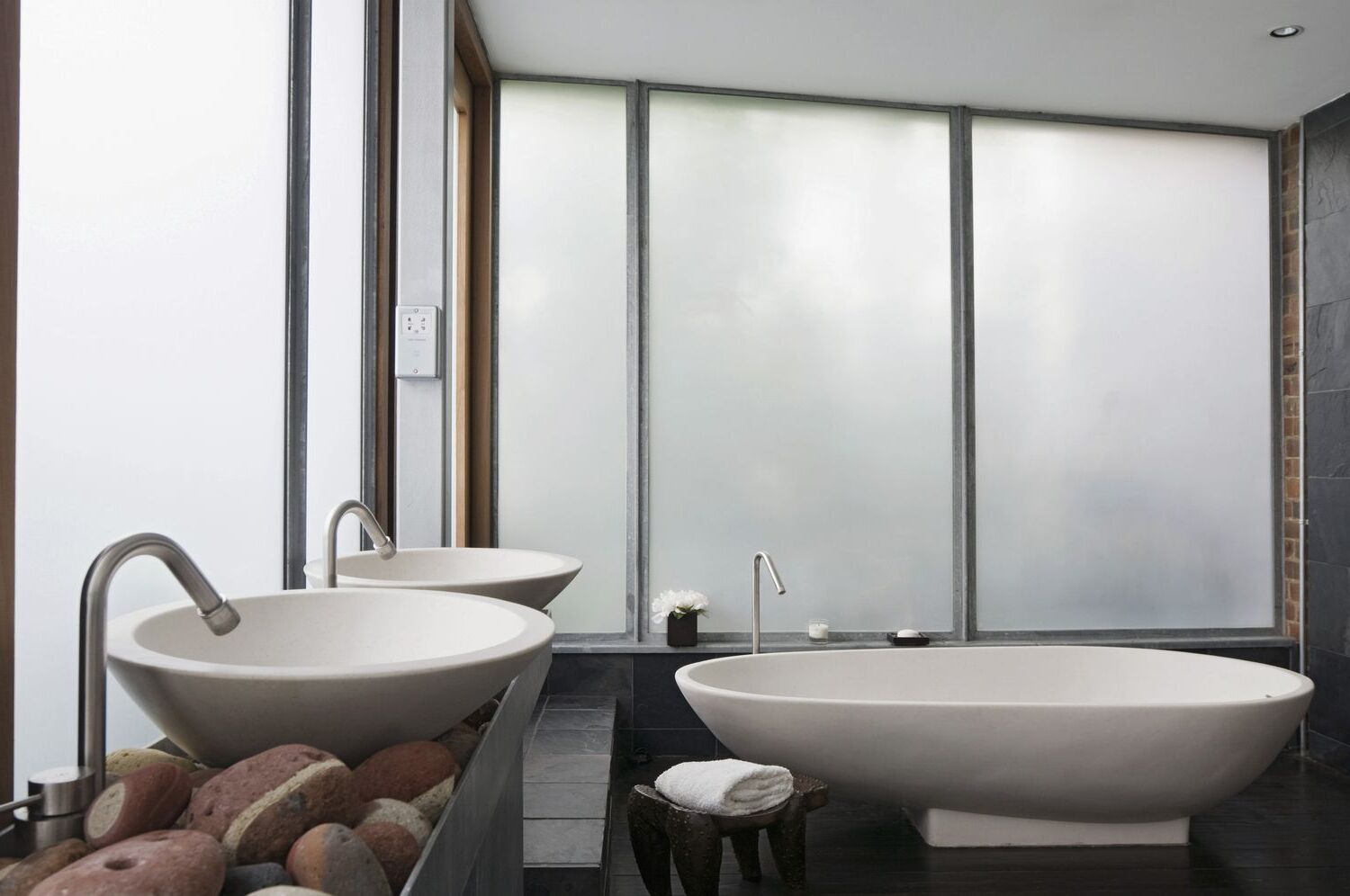Home>Outdoors & Camping>Landscaping>Slope DIY: Easy Steps For Creating A Beautiful Landscape
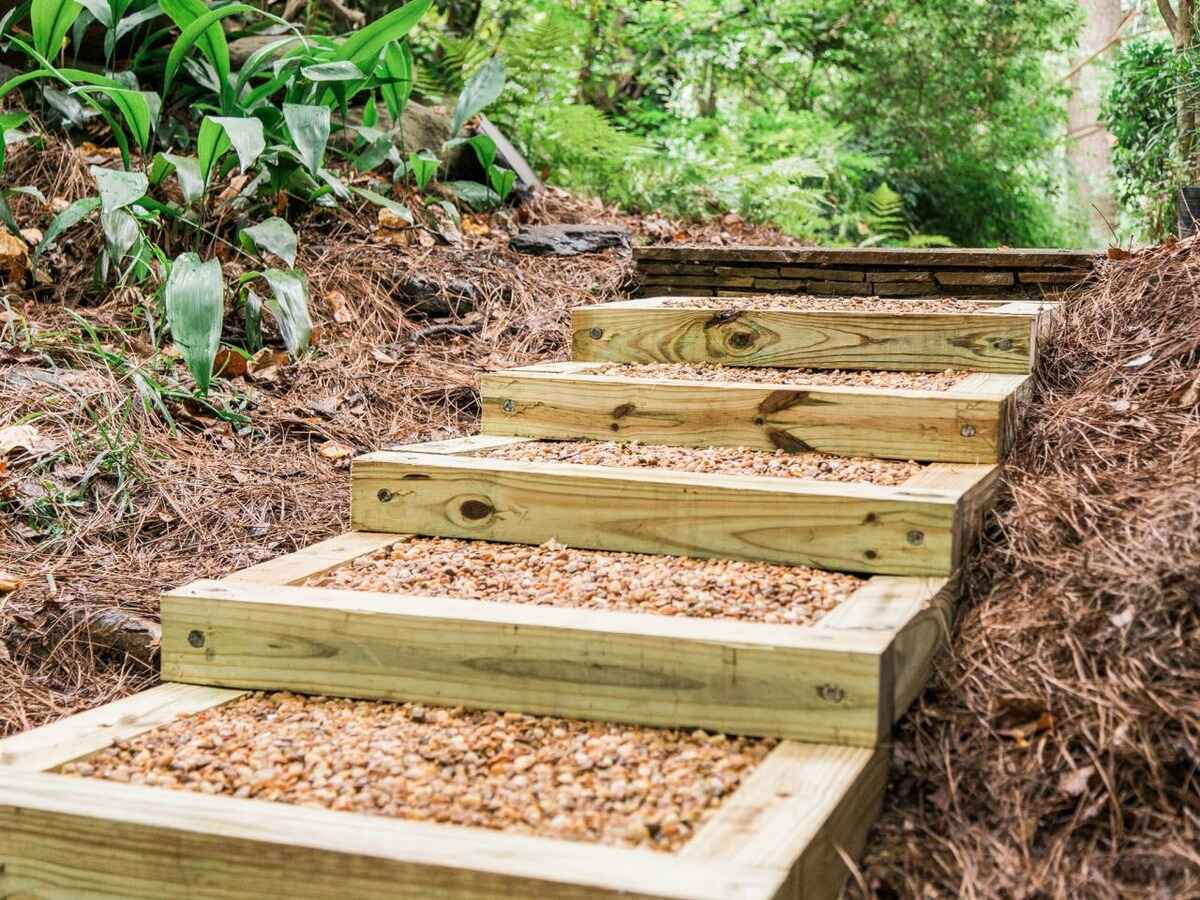

Landscaping
Slope DIY: Easy Steps For Creating A Beautiful Landscape
Published: February 20, 2024

Content Creator for Outdoors & Camping, Sophie turns any yard into a sustainable paradise. Her dedication to DIY outdoor projects and volunteer work in community gardens shares joy and knowledge.
Learn how to transform your outdoor space with our easy DIY landscaping steps. Create a beautiful landscape with our expert tips and techniques. Start your project today!
(Many of the links in this article redirect to a specific reviewed product. Your purchase of these products through affiliate links helps to generate commission for Twigandthistle.com, at no extra cost. Learn more)
Introduction
Creating a stunning landscape on a sloped terrain can be a rewarding and visually captivating endeavor. It offers a unique opportunity to transform an otherwise challenging space into a breathtaking outdoor sanctuary. Whether you're a seasoned gardener or a novice enthusiast, embarking on a slope DIY landscaping project can be an enriching experience. By following a few essential steps and incorporating the right elements, you can turn a steep incline into a picturesque and functional outdoor space.
Landscaping a sloped area requires careful planning, thoughtful consideration, and a touch of creativity. It presents an opportunity to blend the natural beauty of the terrain with carefully selected plants, hardscapes, and decorative features. The end result can be a harmonious fusion of nature and human design, creating a space that is both visually appealing and functional.
In this comprehensive guide, we will explore the essential steps to transform a sloped area into a stunning landscape. From assessing the terrain and selecting the right plants to building retaining walls or terraces, installing a watering system, and adding decorative features, each step plays a crucial role in the overall success of the project. By following these steps and incorporating your unique vision, you can create a landscape that not only enhances the aesthetic appeal of your property but also provides a tranquil and inviting outdoor space for relaxation and enjoyment.
Embarking on a slope DIY landscaping project is an opportunity to unleash your creativity and showcase your personal style. It allows you to work in harmony with the natural contours of the land, creating a landscape that seamlessly integrates with its surroundings. Whether you envision a vibrant garden bursting with colorful blooms, a serene oasis with cascading water features, or a functional outdoor living space with cozy seating areas, the possibilities are as vast as the slope itself.
Throughout this guide, we will delve into the intricacies of each step, offering practical tips, plant recommendations, and design ideas to inspire and guide you through the process. By the end of this journey, you will be equipped with the knowledge and confidence to embark on your slope DIY landscaping project, transforming a challenging slope into a captivating and inviting landscape that reflects your unique style and enhances the natural beauty of your outdoor space.
Step 1: Assessing the Area
Before diving into the exciting world of landscaping a sloped area, it's crucial to begin with a thorough assessment of the terrain. Understanding the unique characteristics of the slope will lay the foundation for a successful landscaping project. Here's a detailed look at the key aspects to consider when assessing the area:
-
Gradient and Soil Composition: The first step in assessing a sloped area is to determine the gradient or slope of the terrain. This will influence water drainage, erosion control, and the types of plants that can thrive in the environment. Additionally, understanding the soil composition is essential, as it directly impacts the ability of plants to establish roots and thrive on the slope.
-
Water Flow and Drainage: Observing how water flows down the slope during rainfall or irrigation is crucial. Identifying natural drainage patterns and potential areas of water accumulation will inform the design of the landscape, ensuring proper water management and erosion prevention.
-
Sunlight Exposure: Take note of the sunlight exposure throughout the day. Different areas of the slope may receive varying levels of sunlight, influencing plant selection and the overall design of the landscape.
-
Accessibility and Safety: Assess the accessibility of the slope, considering how you and others will navigate the area. Safety is paramount, so identifying potential hazards and planning for safe pathways and designated areas is essential.
-
Existing Vegetation and Wildlife: Take stock of any existing vegetation and wildlife on the slope. Understanding the natural ecosystem will guide plant selection and help preserve the local environment.
-
Views and Aesthetic Potential: Consider the views from different vantage points on the slope. Assess the aesthetic potential of the landscape, identifying focal points and areas where landscaping can enhance the natural beauty of the terrain.
By thoroughly assessing these key aspects of the sloped area, you'll gain valuable insights that will inform the design and implementation of your landscaping project. This foundational step sets the stage for the subsequent phases, ensuring that your landscape not only thrives but also harmonizes with the natural characteristics of the slope.
Step 2: Choosing the Right Plants
Selecting the right plants for a sloped landscape is a pivotal decision that can significantly impact the overall success and sustainability of the project. The unique challenges posed by a sloped terrain, such as erosion control, water retention, and varying sunlight exposure, necessitate careful consideration when choosing plants. Here's a comprehensive guide to help you make informed decisions when selecting plants for your sloped landscape:
Consider the Slope's Microclimates
Different areas of the slope may exhibit microclimates with varying levels of sunlight, moisture, and wind exposure. It's essential to identify these microclimates and select plants that are well-suited to each specific environment. For instance, sun-loving plants such as lavender, yarrow, and sedum thrive in areas with ample sunlight, while shade-tolerant species like hostas, ferns, and astilbe are better suited for shadier microclimates.
Erosion Control and Soil Stability
Plants with extensive root systems play a crucial role in stabilizing the soil on a sloped terrain, helping to prevent erosion and landslides. Groundcover plants such as creeping juniper, vinca minor, and ornamental grasses are excellent choices for erosion control, as their dense root systems bind the soil together, reducing the risk of erosion.
Read more: How to Build DIY Gutters for Metal Roof
Water Retention and Drainage
The ability of plants to retain water and facilitate proper drainage is vital on a sloped landscape. Drought-tolerant species like lavender, Russian sage, and yucca are well-suited for drier areas of the slope, while moisture-loving plants such as astilbe, ferns, and Japanese iris thrive in areas with higher water retention.
Native and Adaptive Plants
Incorporating native plants into the landscape offers numerous benefits, including resilience to local environmental conditions, support for local wildlife, and reduced maintenance requirements. Native species such as serviceberry, coneflowers, and black-eyed Susans are well-adapted to the natural ecosystem and can thrive on a sloped terrain with minimal intervention.
Ornamental and Aesthetic Appeal
Beyond their functional roles, plants also contribute to the aesthetic appeal of the landscape. Incorporating a diverse selection of flowering plants, ornamental grasses, and shrubs can create a visually captivating and dynamic environment. Consider seasonal bloom times, foliage textures, and color palettes to curate a visually stunning and ever-changing landscape throughout the year.
By carefully considering these factors and selecting a diverse array of plants that complement the unique characteristics of the slope, you can create a resilient, visually appealing, and ecologically harmonious landscape that thrives in its natural environment.
Step 3: Building Retaining Walls or Terraces
Building retaining walls or terraces is a crucial step in landscaping a sloped terrain, as it serves to address erosion, create level planting areas, and enhance the overall visual appeal of the landscape. Retaining walls and terraces not only provide structural support but also contribute to the functional and aesthetic aspects of the sloped area.
Assessing the Need for Retaining Walls or Terraces
The decision to build retaining walls or terraces is often influenced by the steepness of the slope and the desired layout of the landscape. In areas with a significant incline, retaining walls are essential for preventing soil erosion, managing water runoff, and creating flat, usable spaces. Terracing, on the other hand, involves creating multiple flat levels on the slope, effectively transforming it into a series of stepped platforms. This approach not only mitigates erosion but also allows for distinct planting zones and visually appealing tiered landscapes.
Design Considerations and Material Selection
When designing retaining walls or terraces, it's essential to consider the overall aesthetic, structural integrity, and long-term durability. The choice of materials, such as natural stone, concrete blocks, or timber, should align with the existing landscape and architectural style. Additionally, the height and placement of the walls or terraces should be carefully planned to maximize stability and functionality while complementing the natural contours of the slope.
Construction and Drainage Integration
Proper construction techniques are paramount when building retaining walls or terraces. Ensuring a solid foundation, adequate drainage, and proper backfilling are essential for the structural integrity and longevity of these features. Incorporating drainage systems, such as perforated pipes and gravel backfill, helps manage water buildup behind the walls, preventing hydrostatic pressure and soil saturation.
Planting Opportunities and Visual Enhancement
Retaining walls and terraces offer unique opportunities for planting, allowing for the creation of lush garden beds and vertical greenery. Cascading plants, such as trailing vines, ornamental grasses, and flowering perennials, can soften the edges of the walls, adding a touch of natural beauty to the hardscape elements. Additionally, integrating decorative elements, such as seating areas, ornamental lighting, and water features, can further enhance the visual appeal and functionality of the constructed walls and terraces.
By carefully planning and executing the construction of retaining walls or terraces, you can transform a challenging slope into a visually striking and functional landscape that harmonizes with the natural terrain while providing a canvas for diverse planting opportunities and outdoor enjoyment.
Read more: Sloped Shed Foundation: A DIY Guide
Step 4: Installing a Watering System
Installing a reliable watering system is a critical component of landscaping a sloped terrain, ensuring that plants receive adequate moisture while effectively managing water distribution on the incline. The unique challenges posed by a sloped landscape, such as water runoff, uneven moisture retention, and varying microclimates, necessitate a thoughtful approach to irrigation. Here's a detailed exploration of the key considerations and steps involved in installing a watering system for a sloped landscape.
Assessing Water Distribution and Microclimates
Before selecting and installing a watering system, it's essential to assess the natural water distribution patterns on the slope. Observing how water flows during rainfall and identifying areas of water accumulation will inform the design and placement of the irrigation components. Additionally, understanding the microclimates across the slope, including variations in sunlight exposure and soil moisture, is crucial for determining the specific watering needs of different planting zones.
Selecting the Right Irrigation Method
Several irrigation methods are well-suited for sloped landscapes, each offering unique advantages in addressing the challenges of watering plants on an incline. Drip irrigation, characterized by its targeted and low-pressure water delivery, is particularly effective for sloped terrain. By installing drip lines or emitters strategically, it ensures precise watering directly to the root zones of plants, minimizing water waste and runoff. Additionally, soaker hoses, which release water along their length, can be utilized to provide gradual and uniform moisture distribution on the slope.
Implementing Zoning and Watering Schedule
Dividing the sloped landscape into distinct irrigation zones based on plant water requirements and microclimates is essential for efficient water management. By zoning the area and customizing the watering schedule for each zone, you can tailor the irrigation to meet the specific needs of different plantings. This approach not only conserves water but also promotes healthier plant growth by delivering the right amount of moisture to each area of the slope.
Read more: DIY Farmhouse Door Trim Guide
Incorporating Water Conservation Practices
Incorporating water conservation practices into the watering system is paramount, especially in regions prone to drought or water restrictions. Utilizing rain sensors and moisture meters can help optimize water usage by adjusting the irrigation schedule based on real-time environmental conditions and soil moisture levels. Furthermore, integrating mulch around plants can aid in moisture retention, reducing the frequency of watering while promoting soil health and plant resilience.
Ensuring Proper Installation and Maintenance
Proper installation of the watering system, including securing drip lines, positioning emitters, and ensuring adequate water pressure, is crucial for its effectiveness and longevity. Regular maintenance, such as clearing debris from the irrigation components and adjusting the system based on plant growth and seasonal changes, is essential for optimal performance.
By meticulously planning and implementing a customized watering system tailored to the unique characteristics of the slope, you can ensure that your landscaped area thrives with adequate moisture, while promoting water conservation and sustainable plant growth.
Step 5: Adding Decorative Features
Incorporating decorative features is the final touch that elevates a sloped landscape from functional to visually captivating. These elements not only enhance the aesthetic appeal of the terrain but also contribute to the overall ambiance and usability of the outdoor space. When adding decorative features to a sloped landscape, it's essential to consider the natural surroundings, the desired atmosphere, and the practical aspects of the space.
Garden Ornaments and Sculptures
Strategically placing garden ornaments and sculptures can add a touch of artistry and personality to the landscape. Whether it's a whimsical sculpture nestled among the foliage or a striking art piece serving as a focal point, these decorative elements infuse character and charm into the outdoor environment.
Read more: DIY Cedar Closet Ideas
Pathways and Steps
Creating meandering pathways and well-designed steps not only enhances accessibility but also adds a sense of intrigue and exploration to the sloped terrain. Utilizing materials such as natural stone, gravel, or pavers, these pathways can guide visitors through the landscape, offering glimpses of the surrounding beauty and creating a seamless flow within the space.
Outdoor Lighting
Strategically placed outdoor lighting can transform the landscape into a captivating nighttime retreat. From subtle pathway lighting to accentuating key features with spotlights, well-designed outdoor lighting extends the usability of the space while creating a magical ambiance after dusk.
Water Features
Integrating water features, such as cascading fountains, tranquil ponds, or meandering streams, introduces a sense of serenity and movement to the landscape. The soothing sound of flowing water and the visual allure of reflective surfaces add a dynamic and sensory dimension to the outdoor environment.
Seating Areas and Gathering Spaces
Designating cozy seating areas, whether nestled within garden nooks or strategically positioned to capture scenic views, invites relaxation and socialization within the landscape. Incorporating comfortable seating, such as benches, hammocks, or outdoor furniture, creates inviting spaces for contemplation and enjoyment.
Read more: How to Create Stunning DIY Art
Vertical Gardens and Living Walls
Utilizing vertical spaces for lush greenery through vertical gardens and living walls not only maximizes planting opportunities but also adds a striking visual element to the slope. These living features can serve as natural art installations, infusing the landscape with texture, color, and a sense of vitality.
By thoughtfully integrating these decorative features into the sloped landscape, you can create an enchanting outdoor sanctuary that reflects your personal style, enhances the natural beauty of the terrain, and provides a harmonious blend of functionality and aesthetics.
Conclusion
Embarking on a slope DIY landscaping project is a journey that intertwines creativity, practicality, and a deep appreciation for the natural environment. As we conclude this comprehensive guide, it's essential to reflect on the transformative potential of landscaping a sloped terrain. By following the essential steps outlined in this guide and infusing your unique vision, you have the opportunity to turn a challenging slope into a captivating and inviting landscape that harmonizes with its natural surroundings.
Assessing the area sets the stage for a thoughtful and informed approach to landscaping, allowing you to understand the nuances of the slope and tailor your design to its unique characteristics. Choosing the right plants empowers you to curate a diverse and resilient plant palette that thrives on the incline, contributing to the ecological balance and visual allure of the landscape.
Building retaining walls or terraces not only addresses practical concerns such as erosion control and water management but also presents an opportunity to sculpt the slope into a series of captivating levels, each offering its own planting opportunities and visual interest. Installing a watering system ensures that your landscaped area receives the essential moisture it needs, promoting healthy plant growth while embracing sustainable water conservation practices.
Finally, adding decorative features infuses the landscape with personality and charm, transforming it into a multifaceted outdoor sanctuary that invites exploration, relaxation, and connection with nature. Whether it's the tranquil sound of a water feature, the artful placement of garden ornaments, or the allure of well-designed pathways, these elements elevate the landscape into a captivating and functional outdoor space.
As you embark on your slope DIY landscaping journey, remember that each step is an opportunity to blend your creativity with the inherent beauty of the terrain. By embracing the challenges and possibilities presented by the slope, you have the chance to create a landscape that not only enhances the aesthetic appeal of your property but also provides a tranquil and inviting outdoor space for relaxation and enjoyment.
In the end, landscaping a sloped area is a testament to the transformative power of human ingenuity and the enduring harmony between nature and design. It's a journey that celebrates the art of coexistence, where the contours of the land and the vision of the landscaper converge to create a living masterpiece that evolves with the seasons and stands as a testament to the beauty of the natural world.


